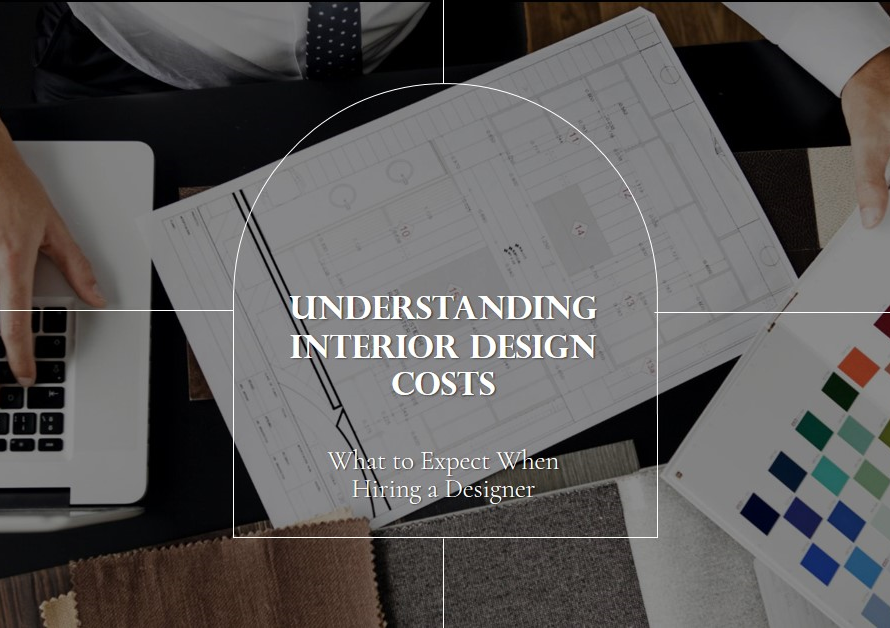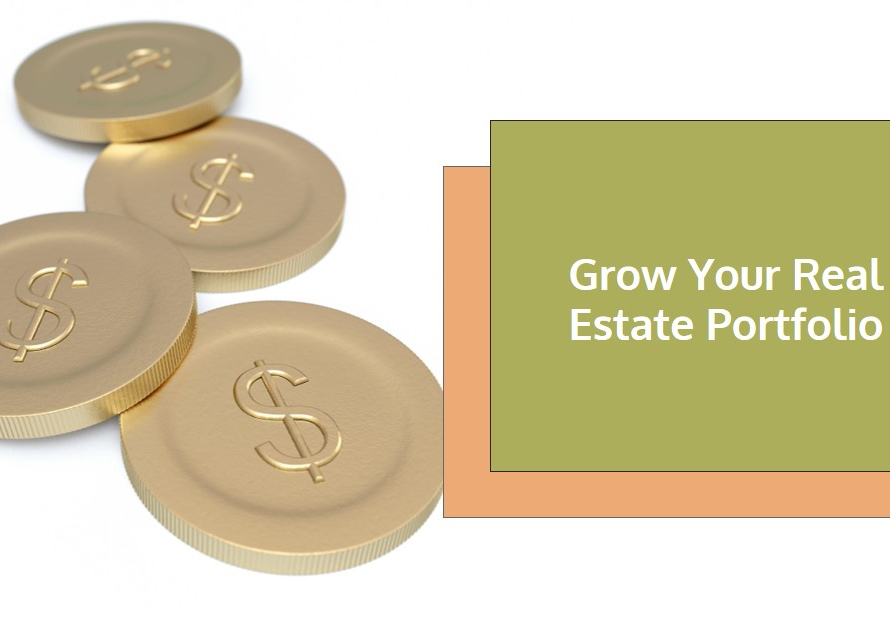
Table of Contents
- Introduction: The Essence of Environmental Design
- The Roots of Environmental Design
- Sustainable Architecture: Building for the Future
- Urban Planning: Designing Sustainable Cities
- Landscape Design: Harmonizing with Nature
- Environmental Psychology: Enhancing Human Experience
- The Role of Technology in Environmental Design
- Community Engagement: Involving Stakeholders
- The Economic Benefits of Environmental Design
- The Future of Environmental Design
- Conclusion: The Way Forward
Introduction: The Essence of Environmental Design
Environmental design encompasses the planning and creation of structures and spaces that harmonize with the environment. It is a multidisciplinary approach that integrates architecture, landscape design, urban planning, and environmental psychology. The goal is to create sustainable, functional, and aesthetically pleasing environments that enhance the well-being of individuals and communities.
In an era where climate change and environmental degradation are pressing concerns, the role of environmental design has become increasingly critical. This blog post explores the impact and function of environmental design, highlighting its significance in fostering sustainable development and improving quality of life.
The Roots of Environmental Design
The concept of environmental design dates back to ancient civilizations that integrated their architectural practices with natural surroundings. Early examples include the Hanging Gardens of Babylon and the water management systems of ancient Rome. These civilizations understood the importance of aligning their built environments with natural elements.
In the 20th century, the modern environmental design movement gained momentum with the rise of ecological awareness. Pioneers such as Frank Lloyd Wright and Ian McHarg emphasized the need to design buildings and cities that respected the natural environment. Their work laid the foundation for contemporary environmental design principles.
Sustainable Architecture: Building for the Future
Sustainable architecture is a cornerstone of environmental design. It involves creating buildings that minimize environmental impact through energy efficiency, use of renewable resources, and sustainable materials. Green buildings aim to reduce carbon footprints and promote environmental stewardship.
One of the key principles of sustainable architecture is energy efficiency. Designers utilize passive solar heating, natural ventilation, and high-performance insulation to reduce energy consumption. The incorporation of renewable energy sources, such as solar panels and wind turbines, further enhances a building’s sustainability.
Urban Planning: Designing Sustainable Cities
Urban planning is integral to environmental design, focusing on the development of cities and towns that are sustainable, livable, and resilient. Effective urban planning addresses transportation, housing, public spaces, and infrastructure, ensuring they contribute to a sustainable urban environment.
Transit-oriented development (TOD) is a prime example of sustainable urban planning. TOD promotes the creation of high-density residential and commercial areas near public transportation hubs, reducing reliance on private vehicles and lowering greenhouse gas emissions. Additionally, green spaces and urban parks are essential components of sustainable cities, providing recreational areas and enhancing biodiversity.
Landscape Design: Harmonizing with Nature
Landscape design plays a pivotal role in environmental design by integrating natural and built environments. It involves the planning and design of outdoor spaces, such as parks, gardens, and public squares, to create aesthetically pleasing and functional areas that enhance human well-being.
One of the key functions of landscape design is stormwater management. By incorporating permeable surfaces, rain gardens, and green roofs, landscape architects can mitigate flooding and improve water quality. Furthermore, well-designed landscapes enhance biodiversity by providing habitats for various species, contributing to the ecological health of urban areas.
Environmental Psychology: Enhancing Human Experience
Environmental psychology examines the interaction between individuals and their surroundings, providing valuable insights into how design influences human behavior and well-being. This field of study informs environmental design by highlighting the importance of creating spaces that cater to psychological and emotional needs.
Natural elements, such as plants and water features, have been shown to reduce stress and improve mental health. Incorporating these elements into the design of offices, hospitals, and schools can enhance the well-being of occupants. Additionally, the concept of biophilic design, which emphasizes the connection between humans and nature, is gaining traction in environmental design practices.
The Role of Technology in Environmental Design
Advancements in technology have significantly impacted environmental design, enabling the creation of more efficient and sustainable spaces. Building Information Modeling (BIM) and Geographic Information Systems (GIS) are powerful tools that assist designers in planning and visualizing complex projects.
BIM allows architects and engineers to create detailed digital representations of buildings, facilitating collaboration and improving design accuracy. GIS, on the other hand, provides spatial analysis capabilities that aid in urban planning and landscape design. These technologies enhance the ability to design spaces that are both functional and environmentally responsible.


Community Engagement: Involving Stakeholders
Community engagement is a vital component of environmental design, ensuring that the needs and preferences of local communities are considered in the planning and development process. By involving stakeholders, designers can create spaces that reflect the values and aspirations of the people who use them.
Participatory design workshops and public consultations are effective methods for engaging communities. These approaches allow residents to voice their opinions and contribute to the design process, fostering a sense of ownership and ensuring that the final outcomes meet community needs. Inclusive design practices also promote social equity, ensuring that all members of society benefit from sustainable development.
The Economic Benefits of Environmental Design
Investing in environmental design not only benefits the environment and society but also yields significant economic advantages. Sustainable buildings and infrastructure can lead to substantial cost savings through reduced energy consumption and maintenance expenses.
Green buildings often command higher property values and attract environmentally conscious tenants, providing a competitive edge in the real estate market. Furthermore, sustainable urban planning can enhance the economic vitality of cities by attracting businesses and tourism. The economic benefits of environmental design underscore the importance of integrating sustainability into all aspects of development.
The Future of Environmental Design
The future of environmental design lies in the continuous innovation and adaptation to emerging challenges. As the world grapples with climate change, resource depletion, and urbanization, the need for sustainable and resilient design solutions will become increasingly urgent.
Emerging trends such as regenerative design, which aims to restore and rejuvenate natural systems, and the circular economy, which promotes resource efficiency and waste reduction, are shaping the future of environmental design. Additionally, advancements in materials science and construction techniques will enable the creation of more sustainable and resilient structures.
Conclusion: The Way Forward
Environmental design is a powerful tool for creating sustainable, functional, and aesthetically pleasing spaces that enhance the well-being of individuals and communities. By integrating principles of sustainable architecture, urban planning, landscape design, and environmental psychology, designers can address the pressing environmental and social challenges of our time.
The future of environmental design will be shaped by innovation, community engagement, and a commitment to sustainability. As we move forward, it is essential to embrace these principles and practices, ensuring that our built environments contribute to a healthier, more sustainable planet.



